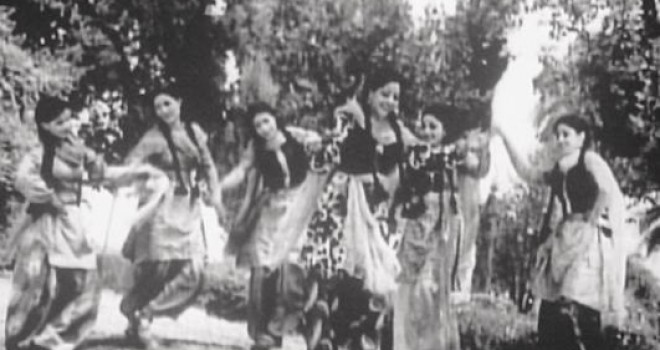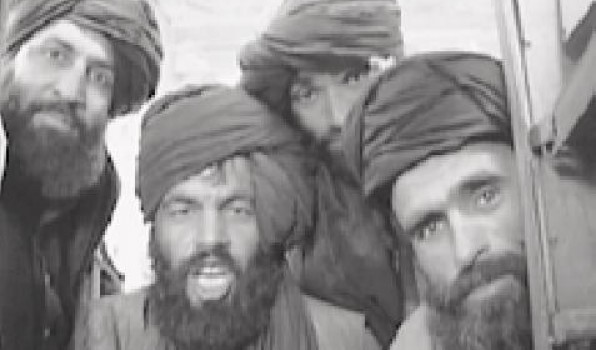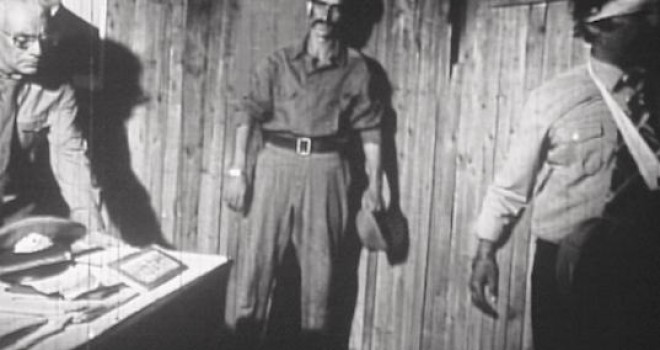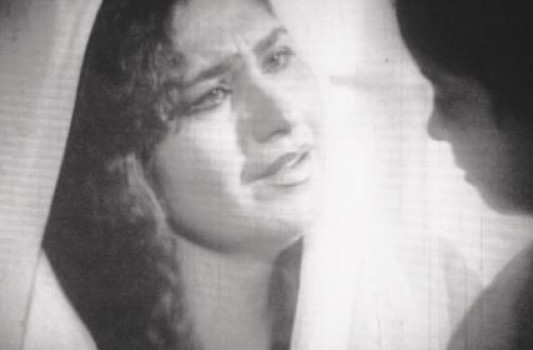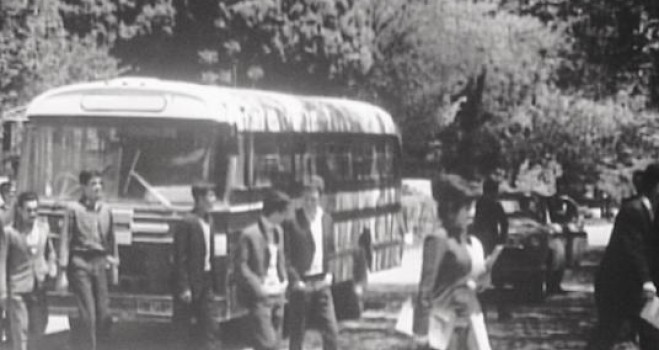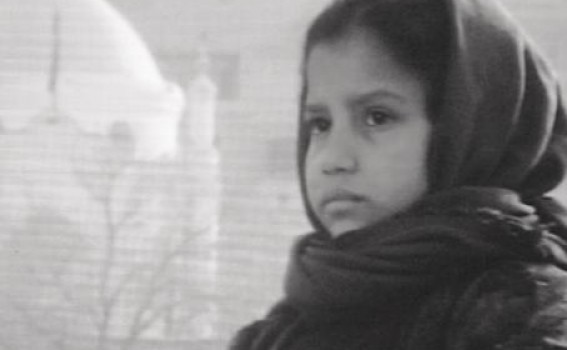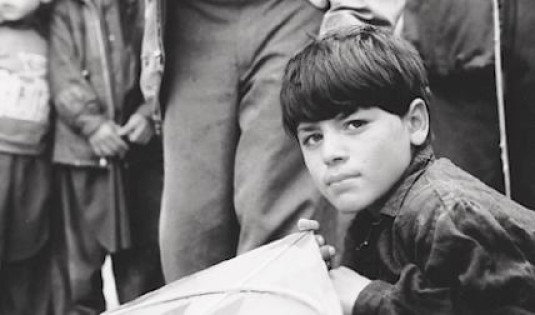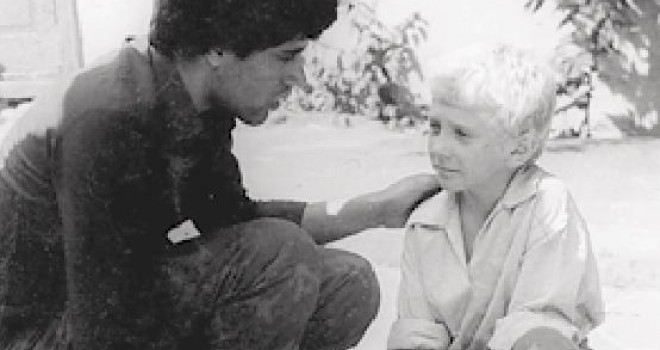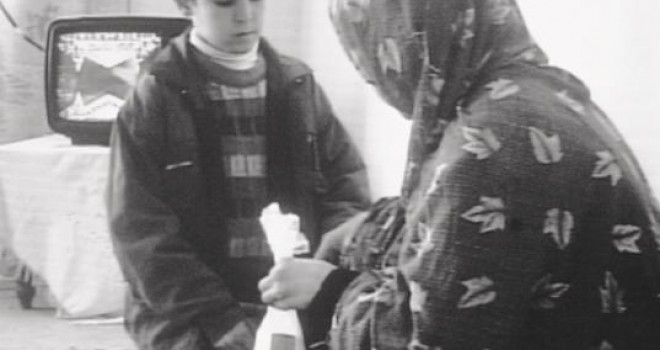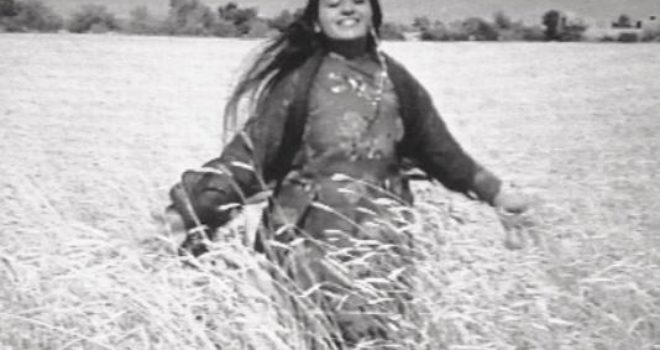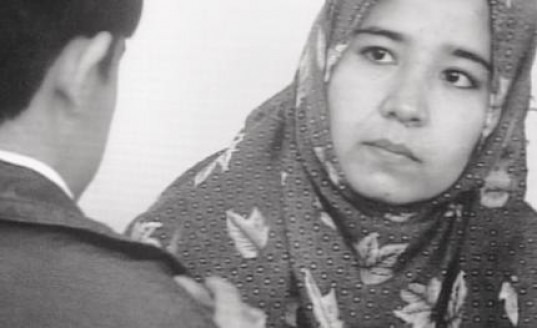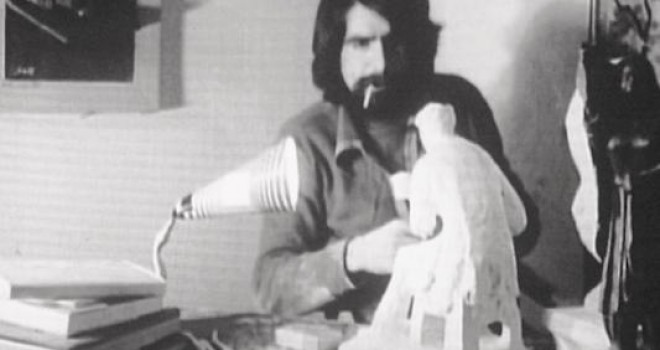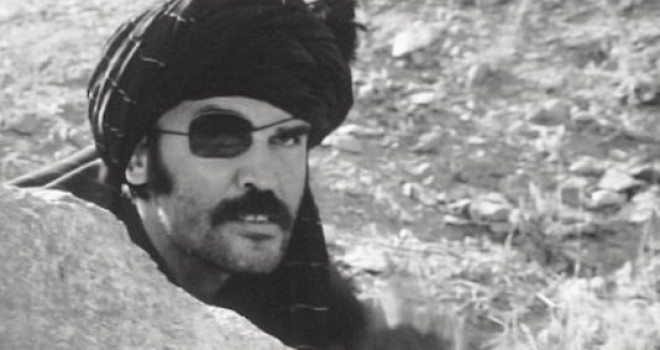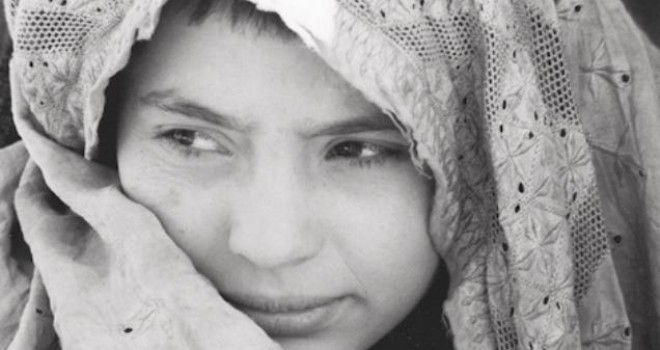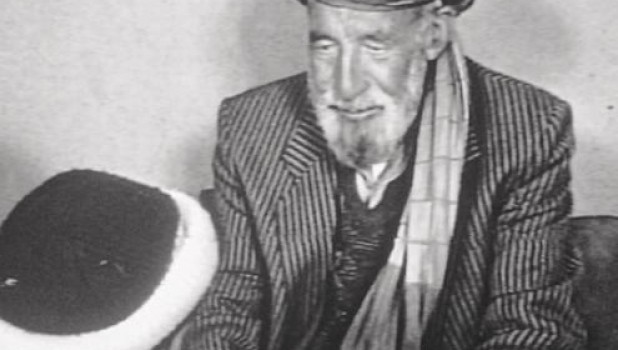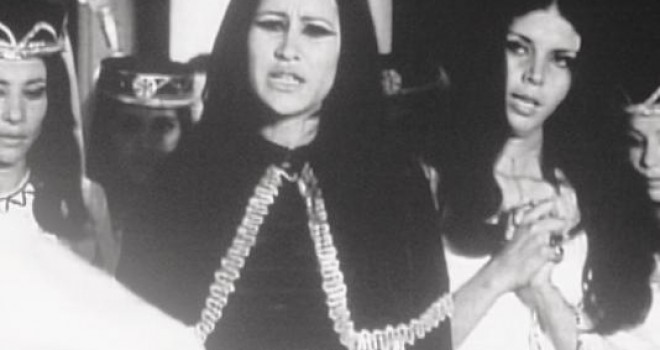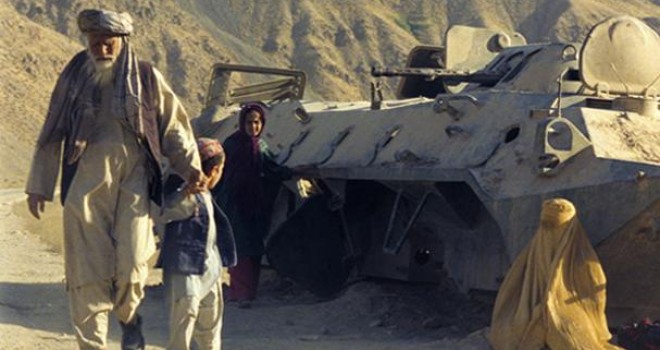A BRIEF HISTORY OF CINEMA IN AFGHANISTAN
Amir Habibullah (1901-1919) introduced film to Afghanistan, but in the royal court only. Film was introduced to the audience in the era of Amir Amanullah Khan (1919-1929). In 1923-24, the first projector — “magie box” or “mageek lantan” (magie lantern) — showed the first silent film in Paghman to the public. Mostly European films were also shown at Istiqlal High School in Kabul.
All theatres were closed in 1929-1933 due to restrictions from the clergy, In 1929 the bandit Bacha-e Saqaow took over, but was ousted by Nadir Khan, a former general under Amir Amanullah Khan. Nadir Khan crowned himself king, followed a very strict religious policy and aligned himself with the clergy. Hence, theatres continued to be closed until he was assassinated in 1933.
Zahir Shah, Nadir Shah’s son, became king in 1934 and films started to come back to theatres, mostly Indian films. German films were also shown before World War II. After the war, there was a small liberalization period. However, men continued to play women’s roles in theatres. At this time, yhe Kabul Theatre decided to start making films.
The first Afghan film, Eshq-o-Dusti (Love and Friendship), was produced in 1946, with Huma Film in India. The male leads were from the Kabul Theatre, but the actresses were from India. The people received the film very well, but the new film group could not continue to produce films because of the lack of money. And the Afghan government was not willing to give funding to start a film industry.
There was no television at the time, but weekly news began to play in theatres. Footage filmed in Afghanistan was sent to the US for post- production (developing negatives and editing). In 1968, the Afghan Film Organization was built with US funds. But the film technicians (editors, camera specialists, etc.) studied in Russia and India. Many films began to be made. But, as always, social-political factors affected movie plots. New independent film production companies were established, such as Nazir Film and Ariana Film, but they could not survive.
With the 1978 revolution, most movies were used for propaganda tools for the government until 1986 when Najibullah took over the government leadership and relaxed censorship. Films became less political and a small renaissance of production was established until 1991. However, factional fighting between the Mujaheddin “freedom fighters” forced film-makers to flee the country and the film industry came to a halt. Only three films were made in this period: Ouruj, Sargardan dar Koh-ha and Chapandaz (produced in Mazar-e Sharif).
When the Taliban took power in 1996 in Kabul, the first thing they did was attack the cinemas: they burned all the films. In 2001, when they destroyed the giant Buddha statues in Bamiyan, they also attempted to destroy the National Gallery, Archives of Afghan Film, Radio Afghanistan and TV Afghanistan. Issaq Nizami, director of Radio-TV Afghanistan, hid a lot of the film archives with the help of eight staff members. Finally, September 11th helped save the Afghan film archives from the hands of the Taliban.
When Kabul had a population of 400,000 (in the mid-1970s), it had 18 theatres with 300,000 filmgoers. Now with a population of 3 million, there are only seven theatres (as of September 2002), and very few filmgoers. Most people rent DVDs which they watch at home. The film theatres in other major Afghan cities and towns have been destroyed. An entire generation has not experienced watching films in a cinema. The plan is to have mini-cinemas (250 digital projectors) travel to urban and rural areas of Afghanistan to show films. It is important that the younger generation begins to develop and appreciate cinema.
* These notes were from an introduction to the history of cinema in Afghanistan by Siddiq Barmak in September 2002 at the Afghan Film Organization, Kabul. Mr.Barmak addressed the first US Art and Culture delegation, which was led by Farhad Azad.
** Since September 2002, cinema in Afghanistan has gone through a revival. Films are being distributed again in theatres (the famous Ariana theatre was rebuilt and reopened with the help of France) and produced (many production companies were set up to make short fiction and documentary films on video). Feature film production is being done abroad by Afghan exiles; it is mainly geared at the Afghan diaspora. However, inside the country, very mainstream films are being made on video, as well as more artistic films in coproduction with foreign countries, such as Osama in 2003 and Earth and Ashes in 2004.




